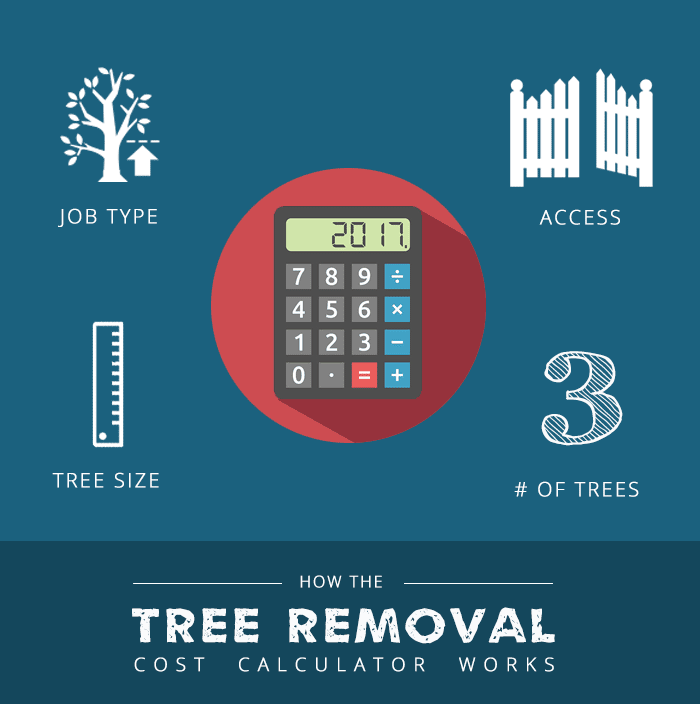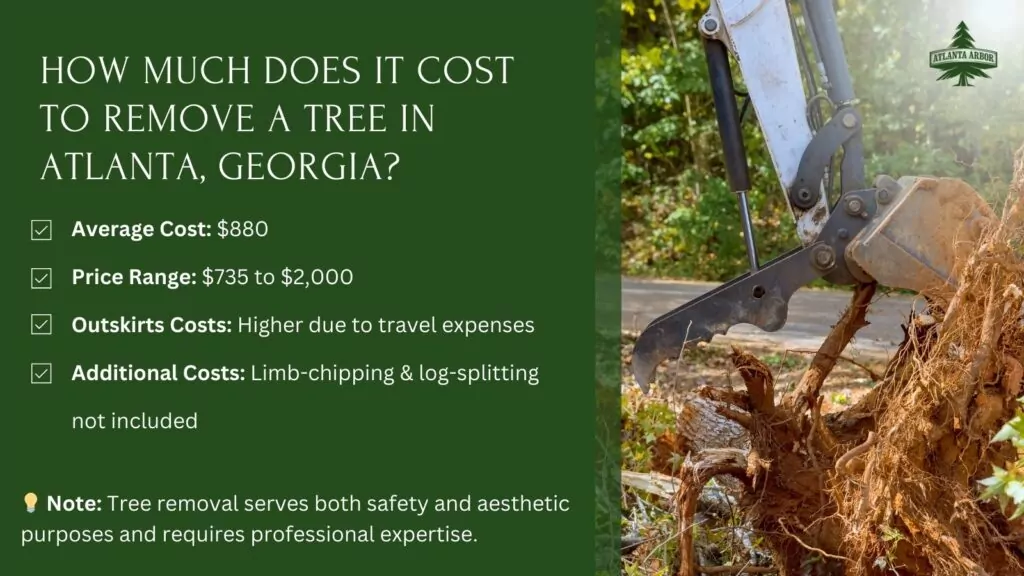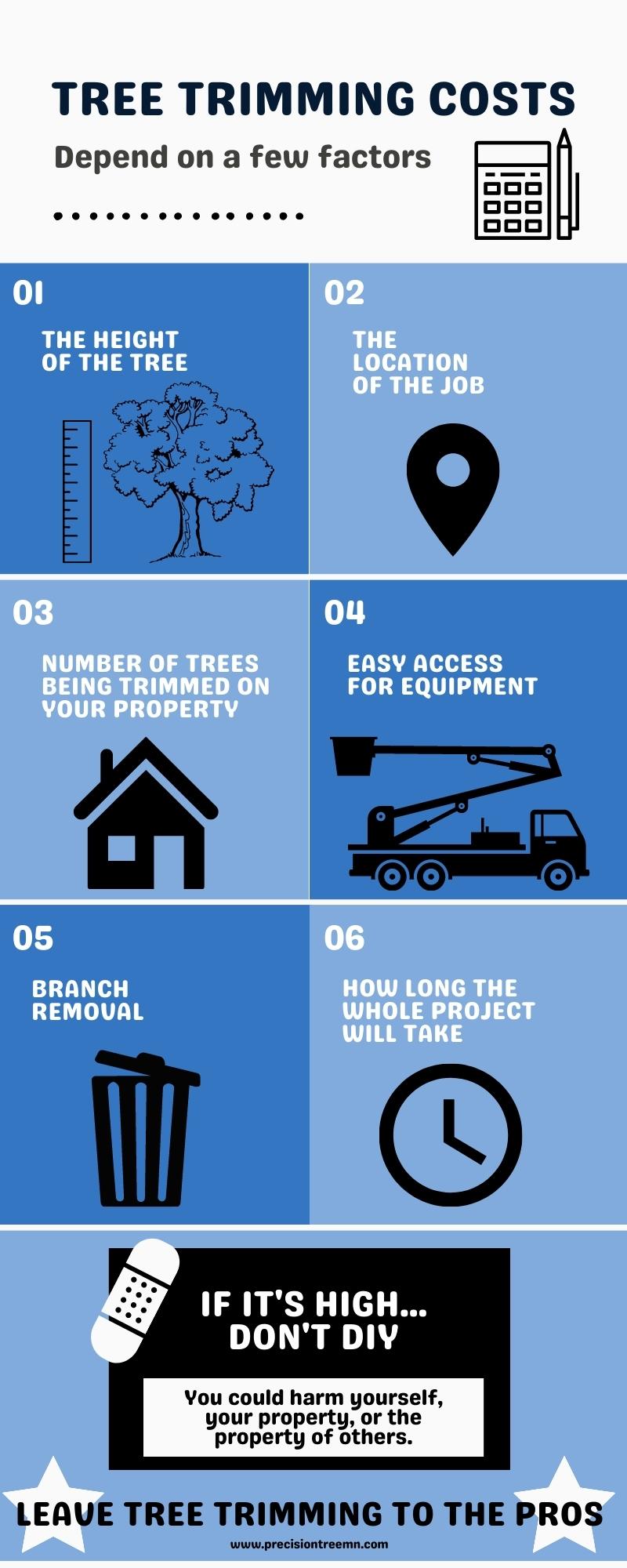Featured
Table of Contents
- – Typical Tree Clearing Costs In Terryville, NY
- – Leading Value Tree Cutting In Terryville, NY
- – Getting Top Tree Trimming Prices In Terryvill...
- – Check Local Stump Removal Prices In Terryvill...
- – Terryville, NY Tree Trimming Rates: What To K...
- – Should You Hire An Tree Trimming In Terryvill...
- – First-Time Arborist Discounts In Terryville, NY
- – Top-Rated Tree Cutting In Terryville, NY: Pr...
- – Terryville, NY Stump Removal Reviews And Costs
- – Terryville, NY Arborist: Actual Costs
- – Terryville, NY Stump Removal Upgrade Program...
- – What's Included In A Tree Trimming Price In ...
- – Certified Stump Removal In Terryville, NY: C...
- – Honest Tree Trimming Reviews In Terryville, NY
- – High-End Tree Trimming Costs In Terryville, NY

The subsections listed below supply more detailed info about pricing, consisting of an average range for each. TypeAverage Elimination CostPineConiferPalmMagnoliaArborvitaeAshCedarSweet GumEucalyptusSycamoreCypressOakMaplePoplar You can expect to pay in between to eliminate a pine, depending on its size. Getting rid of a pine is among the more cost effective jobs unless it is one that has been around for many years and is rather big.
Typical Tree Clearing Costs In Terryville, NY
Pines likewise have a tap root that grows deep into the soil, which can show to be more hard to get rid of. The process itself includes a professional cutting the tree, clearing the base, cutting the surface roots, removing the stump, and lastly treating the soil. Without an expert hand, you risk leaving pine seedlings behind, which will fall from the roots of distressed pines.
Leading Value Tree Cutting In Terryville, NY
The U.S. nationwide average for conifer removal is around to have the conifer cut down, hauled away, and the stump ground or eliminated completely. Conifers are normally easier to eliminate, and although they can grow rather tall, they do not cost a fortune to eliminate. Conifers consist of pine, spruce, fir, and juniper trees.
Getting Top Tree Trimming Prices In Terryville, NY
While conifers are stunning, they kill native plants and certain types of yard. This is since they need a great deal of water and nutrients to endure, so they seep it off surrounding plants. They also have an extensive network of roots, which can affect your home's foundation. The typical price of palm elimination depends on the height as much as the type, ranging from.
Check Local Stump Removal Prices In Terryville, NY
That is why it is very important to know which type you are eliminating. While you do not require an herbicide to eliminate a palm tree, there are some steps your removal professional will have to require to make sure the job is done correctly. There are two ways they can get rid of them: by slicing them down or digging them up.
Terryville, NY Tree Trimming Rates: What To Know
This is due to the fact that small animals like rats and scorpions frequently live in them. Plus, many types will have spikes, too. From there, they eliminate the actual tree and after that the stump. Anticipate to pay in between to eliminate this type of tree, depending on the specific size and information of the task.
Should You Hire An Tree Trimming In Terryville, NY
There are 3 types: green, white, and black ash. White ash is understood for its many colors. With its gray-tinged bark, its leaves are green or purple in the spring and golden yellow or purplish-red in the fall. They take pleasure in moderate environments and great deals of sun. The green ash is named such due to its green or yellow foliage.
First-Time Arborist Discounts In Terryville, NY

Due to the variation in height, the removal price variance is broad from. A coniferous, evergreen tree, the cedar is a hardy species.
Top-Rated Tree Cutting In Terryville, NY: Pricing
The growth of incorrect cedars varies from 50 feet up to 230 feet high. Homeowners may pay anywhere from, depending upon the roots. With star-shaped leaves and spectacular fall colors, the sweet gum is considered a medium to large tree. Enjoying full sun, the sweet gum can not tolerate pollution.
Terryville, NY Stump Removal Reviews And Costs
It has a big root base of 40 to 50 feet, which affects the elimination cost. Normally, it costs between to eliminate a eucalyptus. Eucalyptus are not common everywhere, but they are quite big compared to others, which is why even the smaller sized ones are so costly to remove. Initially from Australia, eucalyptus are invasive plants that grow in thick groves that take out native plants.
Terryville, NY Arborist: Actual Costs
There are a handful of methods to do this, consisting of burning, pulling, grinding, or eliminating them with herbicide. Expect to pay in between to eliminate sycamores, based upon the height, trunk size, and quantity of work involved. Sycamores are one of the biggest wood trees, normally ranging from 60 to 100 feet high and as broad as 15 feet.
Terryville, NY Stump Removal Upgrade Programs: Costs
The very first two steps will expose the insides of the tree and cut off the flow of nutrients up the trunk. From there, a professional uses herbicide to eliminate the tree and lower the trunk. They will kill the stump. Otherwise, brand-new sprouts might grow from it. Cutting down and removing a mature cypress could cost as much as.
What's Included In A Tree Trimming Price In Terryville, NY
There are many various kinds of Cypress trees, however the most prevalent are the Leyland, Arizona, Bald, and Italian. The Bald Cypress grows in swampy or extremely wet locations while the others take pleasure in a dry, warm, or hot environment (stump grinding). They can grow as high as 80 to 100 feet tall
Certified Stump Removal In Terryville, NY: Cost Guide

Prone to diseases, the Cypress is one of the most treasured woods for furnishings. The typical oak grows to around 60 feet, and depending on the complexity of the removal, it costs an average of to eliminate. The exact size of your oak and the effort required to fell it impact what you will actually spend for removal along with any extra services like stump grinding.
Honest Tree Trimming Reviews In Terryville, NY
Access to the trees and the roots will also impact the overall expense. Maples can quickly mature to 100 feet or more and usually cost in between to remove from your property. The final rate depends upon the actual height and complexity of the task. Maples are generally amongst the more costly trees to get rid of because of their size and the work involved in the removal.
High-End Tree Trimming Costs In Terryville, NY
Growing as high as 90 to 115 feet, these huge woods are primarily found in North America and include the aspen, cottonwood, and balsam trees. The procedure to remove trees involves all the cutting and cutting of the branches and trunk, bringing it down to a stump.
Table of Contents
- – Typical Tree Clearing Costs In Terryville, NY
- – Leading Value Tree Cutting In Terryville, NY
- – Getting Top Tree Trimming Prices In Terryvill...
- – Check Local Stump Removal Prices In Terryvill...
- – Terryville, NY Tree Trimming Rates: What To K...
- – Should You Hire An Tree Trimming In Terryvill...
- – First-Time Arborist Discounts In Terryville, NY
- – Top-Rated Tree Cutting In Terryville, NY: Pr...
- – Terryville, NY Stump Removal Reviews And Costs
- – Terryville, NY Arborist: Actual Costs
- – Terryville, NY Stump Removal Upgrade Program...
- – What's Included In A Tree Trimming Price In ...
- – Certified Stump Removal In Terryville, NY: C...
- – Honest Tree Trimming Reviews In Terryville, NY
- – High-End Tree Trimming Costs In Terryville, NY
Latest Posts
Battle Creek, MI Tree Removal Price Variables
Current Tree Cutting Prices In Briar Chapel, NC
Pike Road, AL Stump Grinding Honest Pricing
More
Latest Posts
Battle Creek, MI Tree Removal Price Variables
Current Tree Cutting Prices In Briar Chapel, NC
Pike Road, AL Stump Grinding Honest Pricing